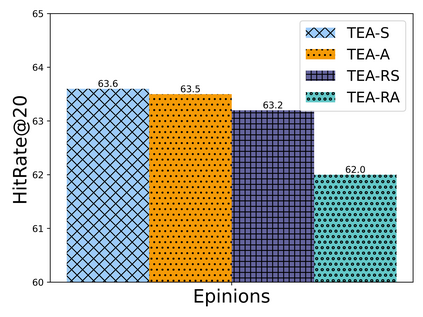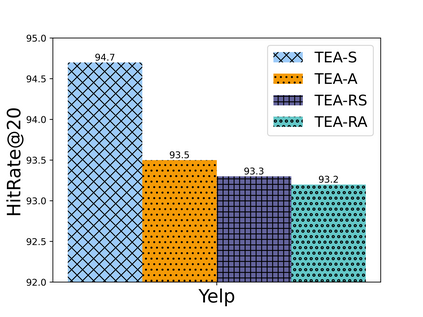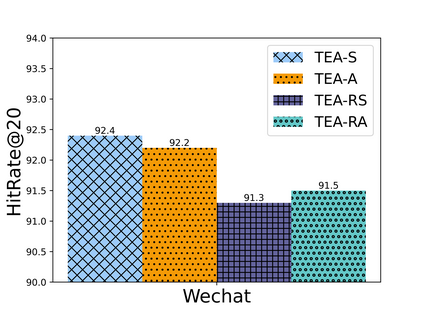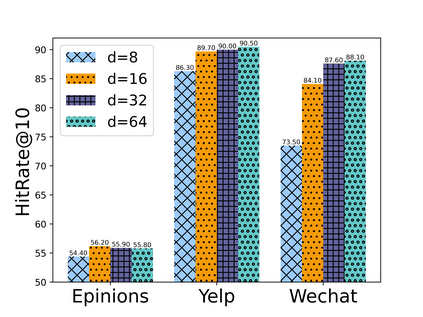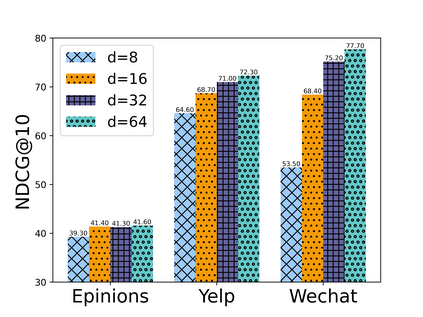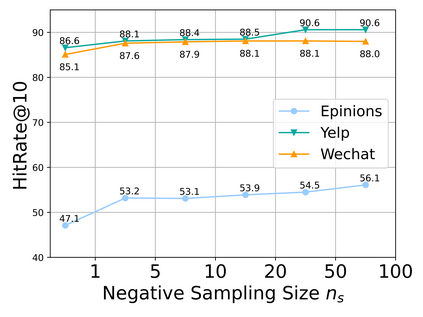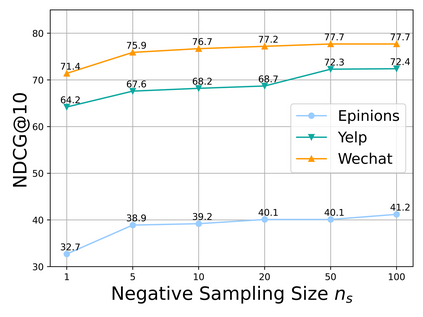Sequential recommendation aims to choose the most suitable items for a user at a specific timestamp given historical behaviors. Existing methods usually model the user behavior sequence based on the transition-based methods like Markov Chain. However, these methods also implicitly assume that the users are independent of each other without considering the influence between users. In fact, this influence plays an important role in sequence recommendation since the behavior of a user is easily affected by others. Therefore, it is desirable to aggregate both user behaviors and the influence between users, which are evolved temporally and involved in the heterogeneous graph of users and items. In this paper, we incorporate dynamic user-item heterogeneous graphs to propose a novel sequential recommendation framework. As a result, the historical behaviors as well as the influence between users can be taken into consideration. To achieve this, we firstly formalize sequential recommendation as a problem to estimate conditional probability given temporal dynamic heterogeneous graphs and user behavior sequences. After that, we exploit the conditional random field to aggregate the heterogeneous graphs and user behaviors for probability estimation, and employ the pseudo-likelihood approach to derive a tractable objective function. Finally, we provide scalable and flexible implementations of the proposed framework. Experimental results on three real-world datasets not only demonstrate the effectiveness of our proposed method but also provide some insightful discoveries on sequential recommendation.
翻译:序列建议旨在选择用户在特定时间印上特定历史行为时标时标时标时标时标时标的最合适项目。 现有方法通常基于基于过渡性方法的用户行为序列模式, 如 Markov 链条等 。 但是, 这些方法也暗含地假定用户彼此独立, 而不考虑用户之间的影响力 。 事实上, 这种影响在序列建议中起着重要作用, 因为用户的行为很容易受到他人的影响 。 因此, 最好将用户的行为和用户之间的影响结合起来, 它们是暂时演变的, 并包含在用户和项目的混杂图表中。 在本文中, 我们采用动态用户- 项目组合式图表来提出新的顺序建议框架。 因此, 历史行为以及用户之间的影响可以被考虑。 为了实现这一点, 我们首先将顺序建议正式化成一个问题, 根据时间动态组合图和用户行为顺序顺序排列出有条件的概率。 之后, 我们利用有条件的随机字段来汇总混杂的图表和用户行为, 用于概率估计, 并使用假相类似的方法来得出可定位的目标功能 。 最后, 我们只能提供真实的、 可缩略的、 可变的顺序数据格式, 。



